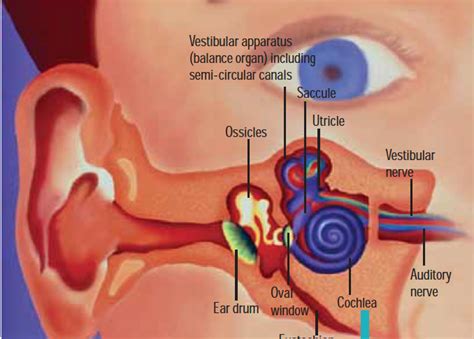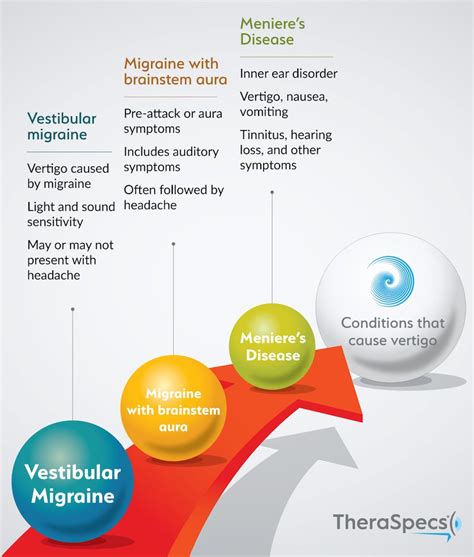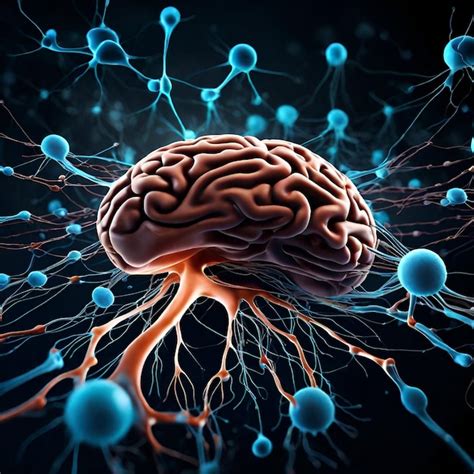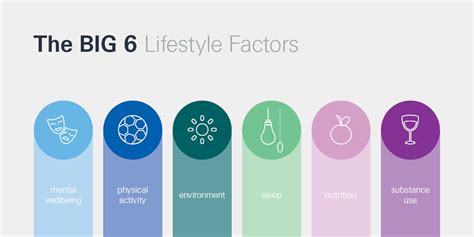Intro
Discover the 5 common vertigo triggers, including inner ear issues, migraines, and medication side effects, and learn how to manage symptoms with balance therapy and vestibular rehabilitation techniques.
Vertigo, a condition characterized by a sensation of spinning or feeling like the environment around you is spinning, can be triggered by various factors. Understanding these triggers is crucial for managing and preventing vertigo episodes. The importance of recognizing vertigo triggers lies in their potential to significantly impact an individual's quality of life. By identifying and avoiding these triggers, individuals can reduce the frequency and severity of vertigo attacks, thereby improving their overall well-being and ability to engage in daily activities without interruption.
Vertigo can be caused by a range of factors, from inner ear problems to neurological conditions. The inner ear contains the vestibular system, which is responsible for balance. Issues within this system, such as benign paroxysmal positional vertigo (BPPV), Meniere's disease, and labyrinthitis, can lead to vertigo. Additionally, neurological conditions like multiple sclerosis, stroke, and migraines can also trigger vertigo. Given the diverse potential causes, it's essential to approach vertigo with a comprehensive understanding of its triggers and how they can be managed.
The management of vertigo often involves a combination of medical treatment, lifestyle changes, and vestibular rehabilitation therapy. Identifying personal triggers is a key component of vertigo management. Triggers can vary widely among individuals, making it important for each person to keep a vertigo diary to track when episodes occur and what might have caused them. Common triggers include certain head movements, stress, lack of sleep, and specific visual stimuli. By understanding these triggers, individuals can develop strategies to avoid or mitigate them, reducing the impact of vertigo on their daily lives.
Inner Ear Problems

Diagnosis and Treatment
The diagnosis of inner ear-related vertigo typically involves a physical examination and may include tests such as the Dix-Hallpike maneuver for BPPV, electronystagmography (ENG) to evaluate vestibular function, and hearing tests for conditions like Meniere's disease. Treatment varies depending on the underlying cause but can include canalith repositioning procedures for BPPV, vestibular rehabilitation therapy to improve balance, and in some cases, medication to manage symptoms.Vestibular Migraines

Management Strategies
Managing vestibular migraines involves a combination of preventive strategies and treatments for acute episodes. Preventive measures include avoiding known triggers, maintaining a consistent sleep schedule, staying hydrated, and managing stress through techniques like meditation or yoga. For acute episodes, treatments may include vestibular rehabilitation therapy, medication to alleviate vertigo and headache symptoms, and in some cases, lifestyle adjustments to reduce the frequency and severity of episodes.Neurological Conditions

Treatment Approaches
Treatment for vertigo caused by neurological conditions often focuses on addressing the underlying condition. For multiple sclerosis, disease-modifying therapies can help reduce the frequency of relapses and slow disease progression. For stroke and TIAs, immediate medical attention is crucial, and subsequent rehabilitation may include vestibular therapy to improve balance. In cases of acoustic neuroma or Chiari malformation, surgical intervention may be necessary to relieve pressure on the brain and nerves.Medications and Substances

Safe Usage and Alternatives
When using medications that can trigger vertigo, it's essential to follow the prescribed dosage and consult with a healthcare provider about potential alternatives or adjustments. Limiting alcohol consumption and avoiding illicit drugs can also help prevent substance-induced vertigo. For individuals experiencing vertigo due to medication side effects, discussing these symptoms with a healthcare provider can lead to adjustments in treatment plans that mitigate vertigo while still addressing the underlying health issue.Lifestyle Factors

Healthy Lifestyle Choices
Adopting healthy lifestyle choices can help manage vertigo. Practicing stress-reduction techniques, such as yoga or meditation, and ensuring adequate sleep can reduce the frequency of vertigo episodes. Maintaining a balanced diet, staying hydrated, and limiting or avoiding triggers like caffeine and nicotine can also be beneficial. Regular exercise, tailored to the individual's condition and abilities, can improve overall health and reduce vertigo symptoms.In conclusion, managing vertigo effectively requires a comprehensive approach that includes understanding personal triggers, adopting healthy lifestyle choices, and, when necessary, seeking medical treatment. By being proactive and informed, individuals can significantly reduce the impact of vertigo on their lives, improving their ability to participate in activities they enjoy and enhancing their overall quality of life.
To further engage with this topic and share your experiences or questions, please comment below. If you found this information helpful, consider sharing it with others who might benefit from understanding more about vertigo and its triggers. Your insights and stories can help create a supportive community for those navigating the challenges of vertigo.
What are common triggers for vertigo?
+Common triggers for vertigo include certain head movements, stress, lack of sleep, specific visual stimuli, and inner ear problems. Lifestyle factors such as diet, hydration, and the use of certain substances can also play a role.
How is vertigo diagnosed?
+Diagnosis of vertigo involves a physical examination and may include tests such as the Dix-Hallpike maneuver, electronystagmography (ENG), and hearing tests, depending on the suspected underlying cause.
Can vertigo be treated?
+Yes, vertigo can be treated. Treatment options vary depending on the cause and may include vestibular rehabilitation therapy, medication, lifestyle adjustments, and in some cases, surgery.
